The energy resources which can be used an endless number of times are known as renewable energy resources. Solar energy, wind energy, hydroelectric energy, and geothermal energy are some examples of renewable resources. Renewable energy is generally carbon neutral (or produces low emissions) and is sustainable hence, becomes very important in the current times of global warming.
Renewable resources of energy
- Solar energy
- Wind energy
- Hydroelectric energy
- Geothermal energy
- Tidal energy
- Biomass energy
Solar energy
Solar energy is perhaps the most important energy resource for the future. Solar energy is used in a variety of ways. However, the most common use is for electricity generation through solar cells also known as photovoltaic cells. The solar cells produce Direct current (DC) but the output varies depending on the time of day, season, and geographical location.
Since power output depends on various factors, it becomes important to store obtained energy. That is where the biggest problem arises with the use of solar energy.

In solar power plants, the output is directly connected to the grid lines after converting to AC. Home installation of solar panels is becoming popular, especially in tropical and subtropical countries that receive high average annual sunshine.
Pros
- Sun is the ultimate source of energy.
- Low maintenance.
- Solar panels last for years and sometimes decades.
Cons
- The energy output is low as compared to non-renewable resources.
- The initial setup is expensive.
- Requires cleaning otherwise the output drops.
Wind energy
Wind energy is used to generate electricity with the help of wind turbines. The wind turbines convert the kinetic energy of the wind into electricity. Countries like China, the USA, India, and Germany produce electricity in Gigawatts using wind energy. Wind energy is a clean and green resource however, it can only be effectively used in areas where wind velocities remain high throughout the year.
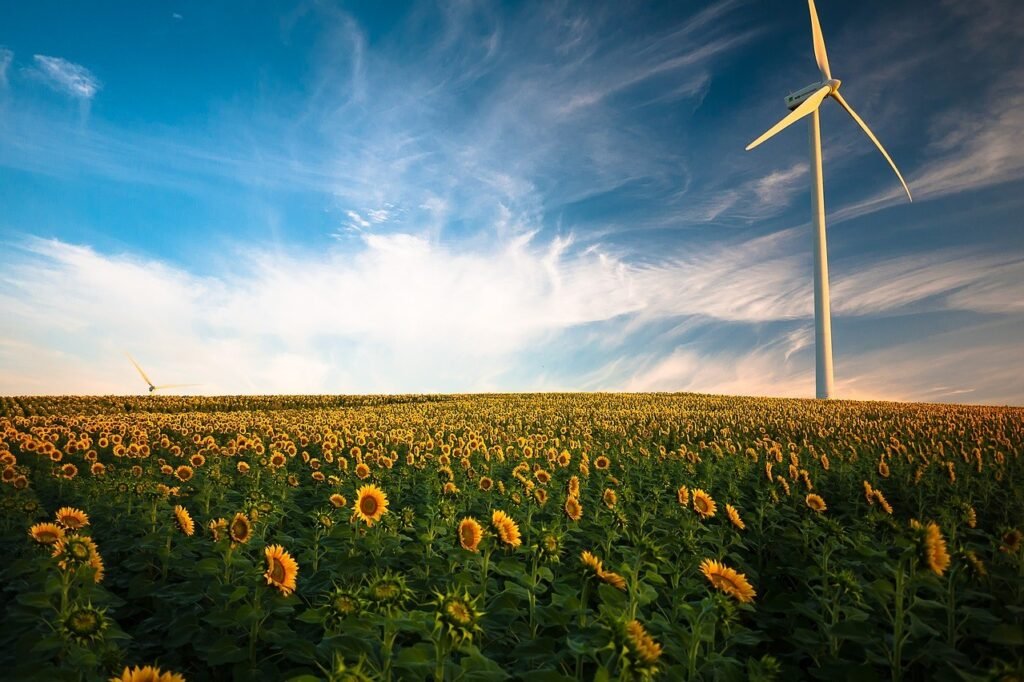
Pros
- Wind energy is arguably the cleanest resource of energy.
- It is also relatively cheap.
Cons
- Wind turbines produce a lot of noise. That is why wind farms are located in isolated areas.
- Wind turbines are infamous for killing birds.
- Wind velocities are not constant hence power output varies.
Hydroelectric energy
Hydropower is the most widely used renewable resource of energy. A dam is built on a river to create large reservoirs. To harness electricity, the gates of the reservoir are opened from which water flows down at a high velocity. The pressure of the water is used to rotate the turbines which produce electricity.
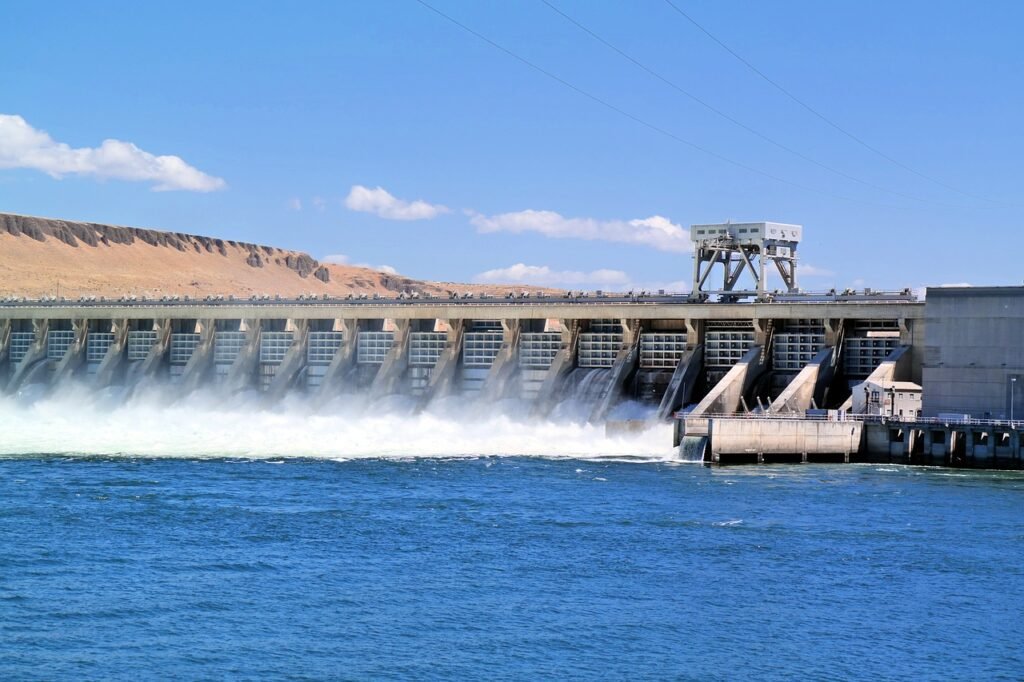
At this point, hydroelectric power is the most viable and reliable option for any country that wants to reduce carbon emissions and turn to renewable resources. Its reliability is more as there is stored potential energy in the form of a reservoir which can be converted anytime into electricity.
Pros
- Power output can meet the high demands of big cities.
- Hydro energy is the most reliable energy resource in the present age.
Cons
- The construction of dams blocks the natural path of rivers.
- The movement of fish is blocked.
- The decomposition of organic matter when water floods the otherwise dry parts (when water is released) causes the emission of carbon gases.
Geothermal energy
Geothermal energy refers to the thermal energy produced inside the Earth’s surface. This thermal energy is used in a variety of applications like for electricity generation, for providing heating in winter, etc.

For electricity generation, the steam from the hot water reservoirs inside the Earth is used. USA, China, Germany, and Turkey are some countries that utilize geothermal energy to generate a considerable amount of electricity.
Pros
- Geothermal energy has a variety of uses.
- Geothermal energy is very reliable.
Cons
- Harmful and poisonous gases may be released during the extraction of geothermal power.
- Geothermal energy is location specific.
Tidal energy
Tidal energy is not a widely used renewable resource nowadays but things may change in the future. It can be a game changer for countries with large coastlines. Electricity is developed using the difference in height of ocean water during high and low tides.
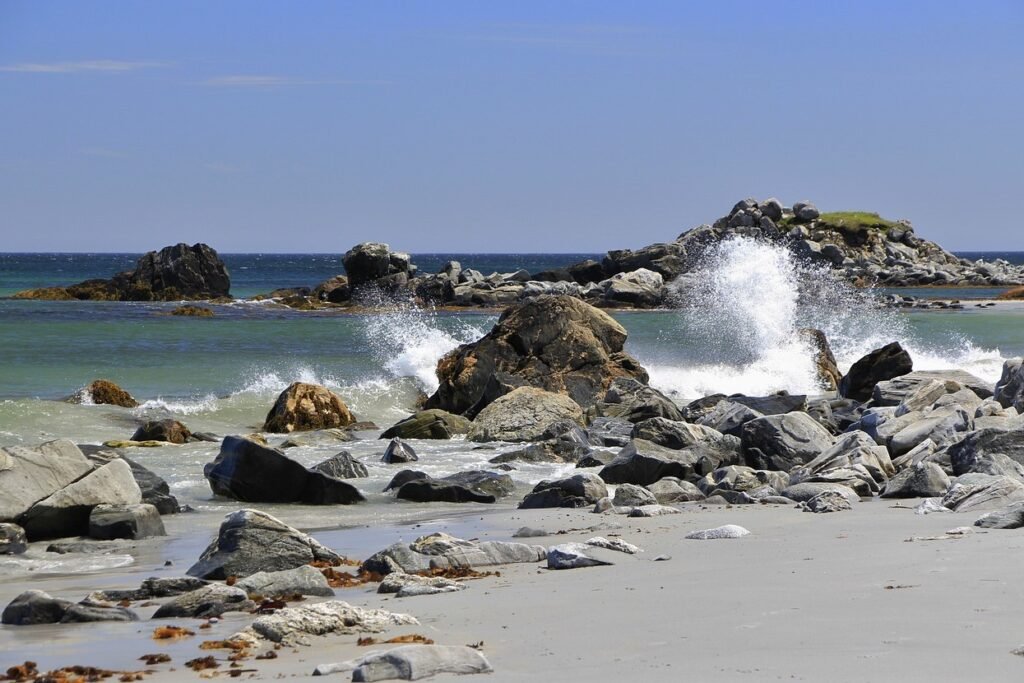
Pros
- As tides are predictable, electricity generation can be effectively planned, unlike solar and wind energy.
- If developed effectively, large energy requirements can be fulfilled by tidal energy.
Cons
- Turbines can harm marine life.
- Tidal energy is still in the research phase and is not developed much.
Biomass energy
Biomass energy is derived from dead plants, animals, and the waste that is generated by humans. A variety of processes are used to create different types of fuels, oils, and gases from biomass. Biomass is not emission-free. It is still being studied if it is advisable to replace fossil fuels with biomass.
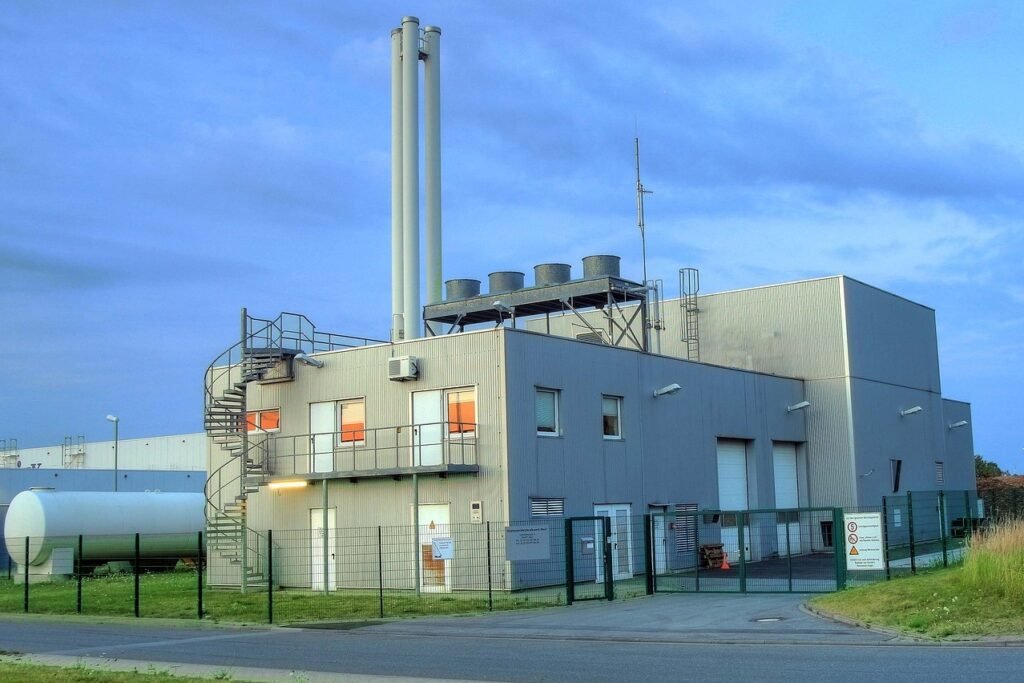
Pros
- Biomass energy uses waste from our daily lives.
- Biomass has a variety of uses.
Cons
- It is not emission-free.
- Requires a lot of space
What is the best renewable energy resource?
Currently, Hydroelectric power is the best renewable energy resource. It is quite reliable and can produce large energy on demand. Solar energy has great potential and can replace Hydroelectric power as the best renewable energy resource in the future. Wind energy, geothermal energy, and Tidal energy have location constraints. Biomass is not a clean energy resource.
Why it is necessary to reduce the use of non-renewable resources?
Fossil fuels and nuclear energy are non-renewable resources. These are currently our primary resources as most of our vehicles run on fossil fuels and most of our electricity generation is through fossil fuels or nuclear energy. As we move forward in time, it is necessary to reduce the use of non-renewable resources and move towards green and clean energy. The two main reasons why are-
- Non-renewable resources are limited and take millions of years to form.
- These resources cause a lot of harmful emissions.
As the technology of renewable resources grows, we will see more and more countries shifting to renewable resources. Many big countries like India and the USA have already taken big steps towards it.

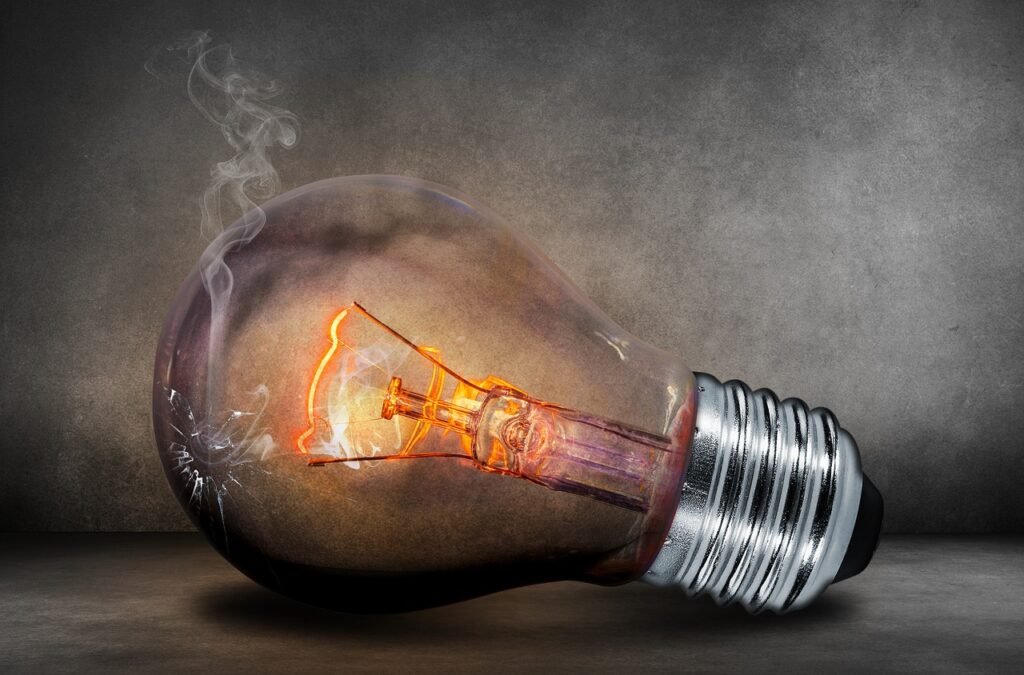
The age of Solar is coming
Yes